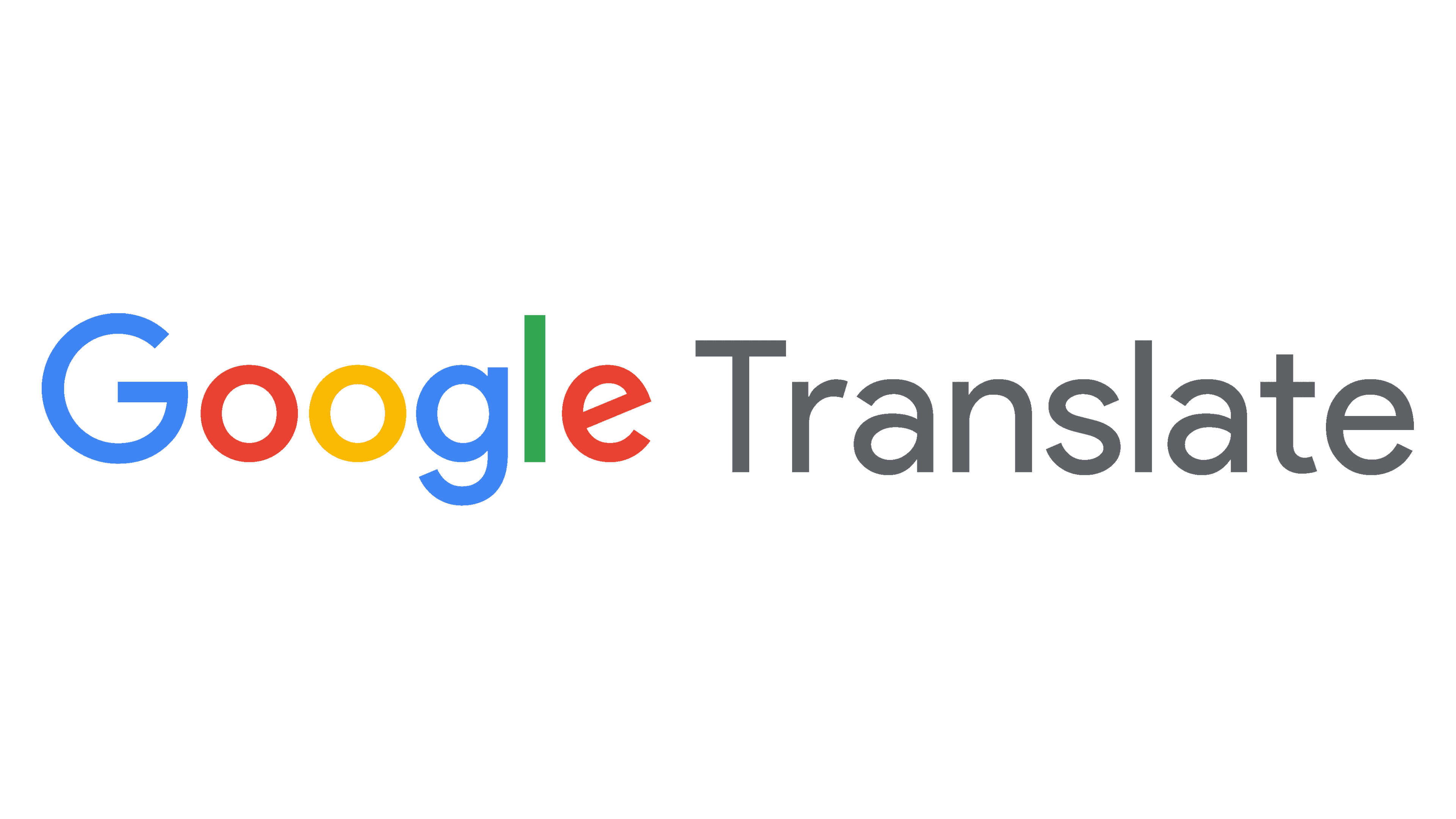Google Translate Logo
Google Translate is a tool for translating text and speech from one language to another. It was developed by Google. Its creation took place in the United States. The main purpose of this tool is to help people understand and communicate in different languages without needing to learn them.
Meaning and history
Google Translate was launched in April 2006. It initially supported only a few languages but has expanded significantly over the years. The service uses machine learning techniques to improve translation accuracy. Notably, in 2016, Google introduced Neural Machine Translation to make translations more fluent and accurate. It supports over 100 languages and serves millions worldwide.
What is Google Translate?
Google Translate is a multilingual translation service. It uses advanced technology to translate words, phrases, and web pages between languages. The service is available on various devices and platforms, making it accessible to a global audience.
2006 – 2009
The logo shown is for “Google Translate Beta”. It features the iconic Google colors – blue, red, yellow, and green – applied to each letter of “Google Translate”. The typeface is clean and modern, similar to other Google product logos. The word “BETA” appears in smaller, uppercase letters, signifying the developmental stage of the product. The colors are bright and distinct, each letter in a different hue, maintaining Google’s playful yet straightforward branding style. The overall look is friendly and approachable, aiming to invite users to try the translating service.
2009 – 2010
In this logo for “Google Translate Beta”, the design subtly evolves from its predecessor. The letters in “Google” maintain their colorful presentation but feature a slightly altered, smoother typeface. The word “translate” now appears entirely in lowercase, contrasted by being colored entirely in blue, enhancing readability. “Beta” is also lowercase, tucked neatly under “translate”, signaling ongoing development and refinement. The overall effect is more unified and streamlined, emphasizing ease and accessibility of the translation service. The consistent use of vibrant Google colors remains, keeping the logo playful yet functional.
2010 – 2013
This version of the Google Translate logo continues to simplify and refine its aesthetic. The “Google” part remains colorful, each letter retaining its distinct hue. However, the “translate” section is now streamlined into a uniform blue color, enhancing its professional appearance. Notably, the word “beta” is absent, suggesting the service has moved beyond its initial testing phase. The font is consistent and modern, which improves legibility and gives a more cohesive look. Overall, the logo reflects a more mature and established service, focusing on accessibility and simplicity.
2013 – 2015
The logo for Google Translate has undergone further refinement. The “Google” portion still displays the characteristic multi-colored scheme, but now includes a trademark symbol, signaling its official trademark status. The “Translate” part has shifted to a neutral gray, suggesting a more sleek, professional look. This color shift from blue to gray might imply a broader, more serious application. The typeface of both words is consistent, providing a unified and modern appearance. This evolution in design reflects the platform’s growth and establishment as a key tool in Google’s suite of services.
2015 – Today
This iteration of the Google Translate logo reflects a further refinement in its design. Both “Google” and “Translate” now share the same gray color scheme, showing a shift towards a more unified and subtle branding. The multi-colored “Google” is retained but muted, aligning it closely with the sleek, professional look of newer Google services. The font style remains consistent, modern, and easily readable. This color uniformity between the two words suggests a seamless integration of the service within the broader Google ecosystem, emphasizing functionality and simplicity.
















